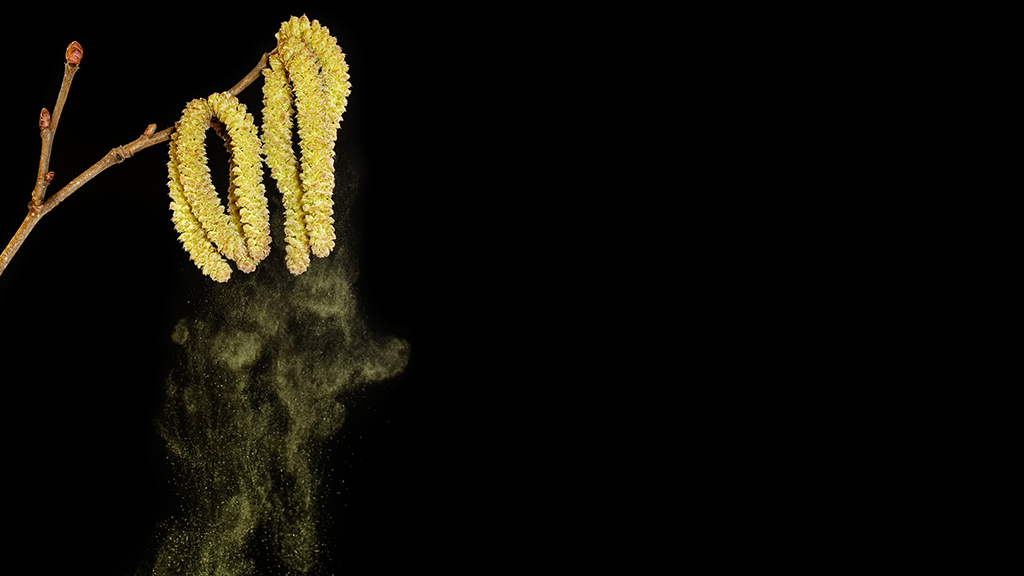Abstract
Students who work through this case study will follow the progress of “Sam” as he explores the microbiological mechanism of oral allergy syndrome, including an investigation of the lymphocytes and antibodies involved. Upon discovering the biological basis for allergic reactions, Sam creates a phylogenetic map of the fruits and vegetables he encounters in his everyday life to see if there is a pattern. The case study concludes with students running their own phylogenetic analysis using amino acid sequences and an online phylogenetic tree-building engine. Upon completion of the case, students should be able to explain the symptoms of allergic reactions in terms of immune system cells, describe the molecular features of cross reactivity, and build a phylogenetic tree using both morphological and molecular data. Designed for use in a college-level introductory biology class, this case study is also appropriate for an advanced placement or honors biology (high school) class; sections could also be used in upper-level classes, primarily cell biology (immunology) and evolution.



